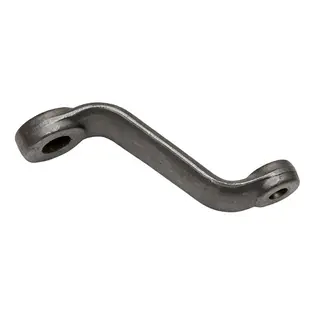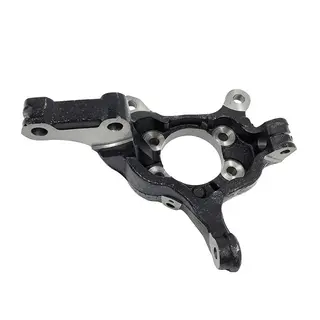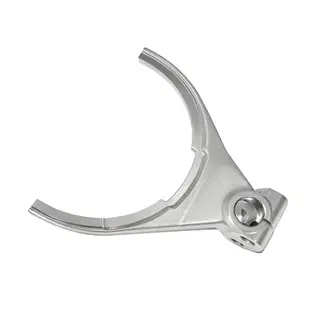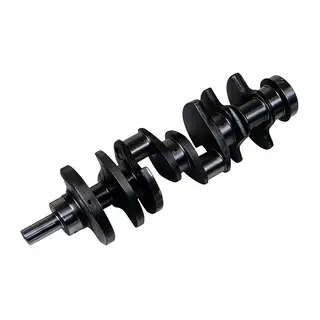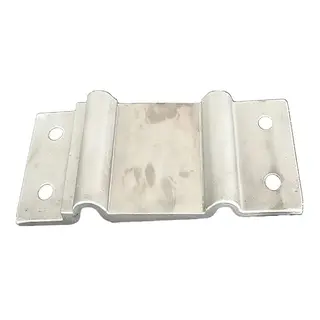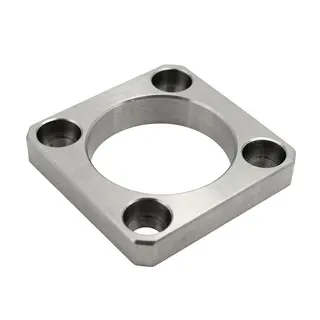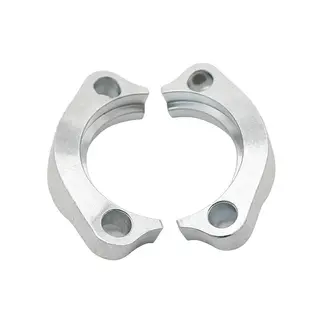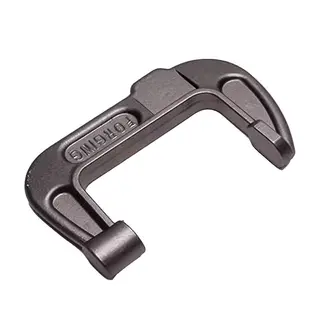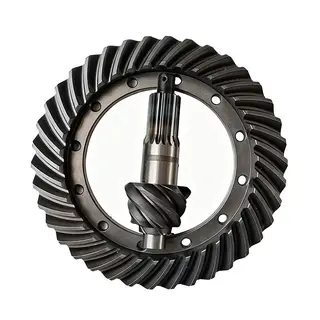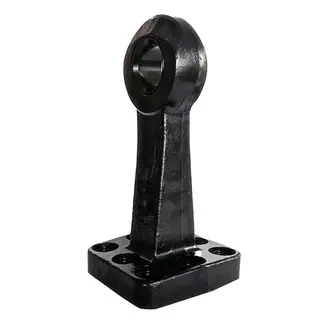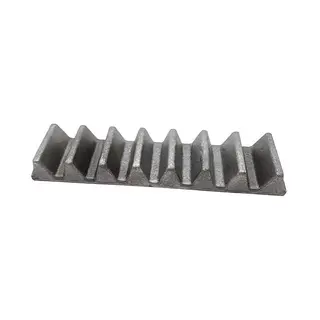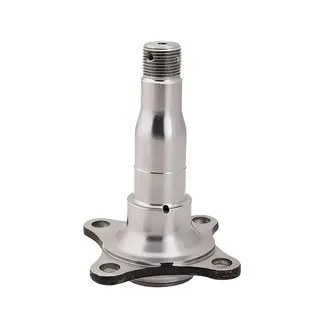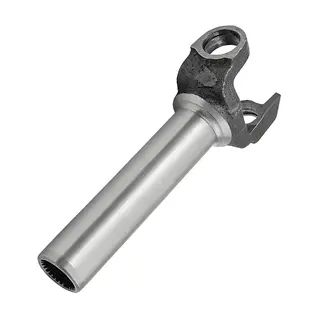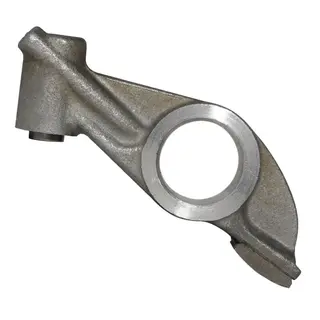Carbon steel is categorized into four main grades, each with varying levels of hardness, strength, and wear resistance:
Low-Carbon Steels: These steels contain 0.06% to 0.25% carbon, offering good machinability and weldability. They are often used in applications where ductility and malleability are more important than hardness, such as in machinery components.
Medium-Carbon Steels: With carbon content ranging from 0.30% to 0.60%, medium-carbon steels provide a balance of strength, hardness, and ductility, making them suitable for components like bushings and gears that experience moderate wear.
High-Carbon Steels: These steels, containing 0.60% to 1.0% carbon, offer high hardness and wear resistance, often used in applications such as cutting tools and high-stress machine parts. Due to their brittleness, these steels are typically heat-treated to enhance toughness.
Ultra-High-Carbon Steels: With carbon content exceeding 1.0%, these steels are extremely hard and are used in highly specialized applications like industrial knives and tooling. They are more brittle and require special heat treatments for improved performance.
The process of forging carbon steel improves its mechanical properties significantly. By applying heat and pressure, the material's structure is refined, which reduces porosity, breaks up segregations, and helps achieve a more homogeneous grain structure. This results in improved impact strength, fatigue resistance, and toughness, all aligned with the direction of the grain flow, which enhances the material's overall performance.
Carbon steel is generally used in the range of 0.06% to 2.0% carbon, although most grades contain up to 1.0% carbon. This wide carbon range provides a broad spectrum of mechanical properties, from high strength to excellent machinability, depending on the grade and heat treatment.
Carbon steel forgings are commonly found in applications that require high mechanical performance and resistance to wear. Notable uses include:
Machinery Components: Parts that undergo continuous movement or stress, such as gears, shafts, and bushings.
Oil and Gas Equipment: Parts for oil rigs and pipelines, which require high strength and wear resistance.
Automotive and Railroad Parts: Forged components used in critical machinery and structural applications, including flanges, gears, and suspension components.
Heavy Equipment: Components that need to withstand substantial wear, like blocks, discs, and hubs.
Forged carbon steel parts are also machined into rings, discs, flanges, and blocks, and can be customized to meet specific size and length requirements. These products are designed to meet industry standards, ensuring they perform reliably in demanding environments.
The machinability of carbon steel varies with its carbon content. Lower carbon grades (e.g., 1008, 1015, 1018, and 1020) generally exhibit excellent machinability in the as-forged condition, requiring no additional heat treatment for improving machinability. On the other hand, higher carbon steels (e.g., 1025, 1030, and 1045) require heat treatments such as normalizing, annealing, quenching, or tempering to achieve the desired mechanical properties.
Heat treatment processes enhance properties such as tensile strength, yield strength, ductility, and impact resistance, which are crucial for ensuring the steel's performance in challenging applications. However, carbon steels are not recommended for environments exposed to extreme heat or corrosion. For such conditions, alloy steels or martensitic stainless steels are often more suitable.
